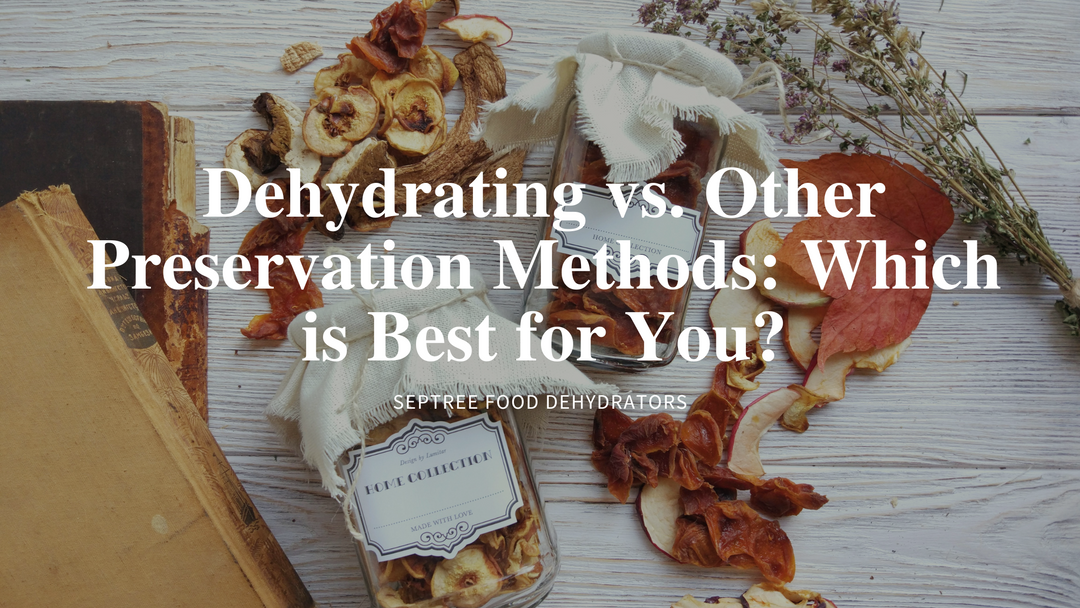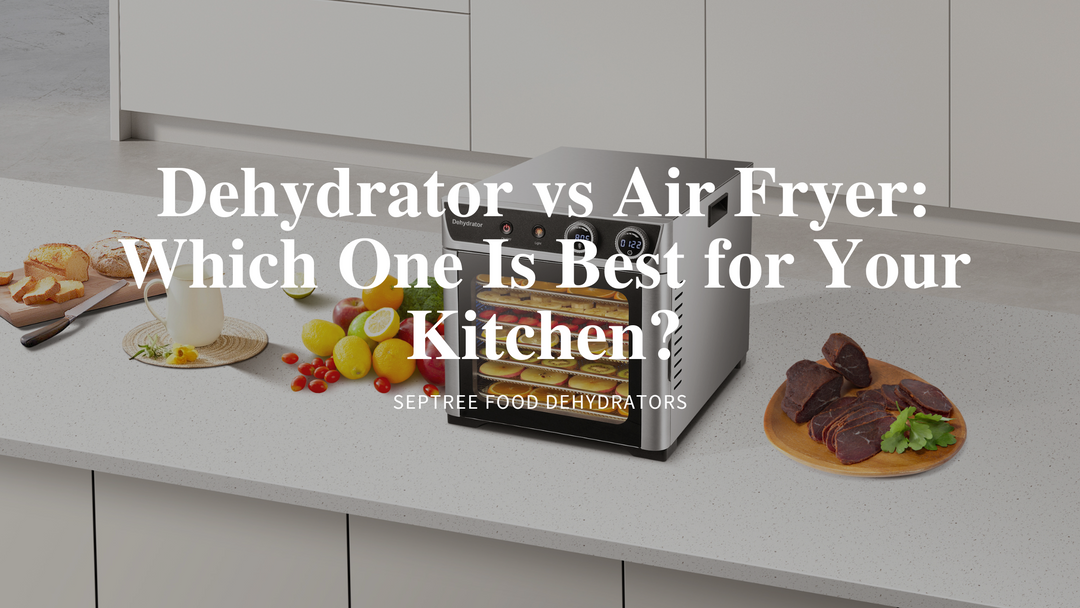Noticias



Preserving food is a time-honored practice that extends shelf life, reduces waste, and allows enjoyment of seasonal flavors year-round. Among the various preservation techniques, dehydrating, canning, and freezing stand out as popular choices, each offering unique benefits and considerations. Dehydrating removes moisture to inhibit bacterial growth, resulting in lightweight, shelf-stable foods ideal for snacks and storage. Canning involves sealing foods in airtight containers after heat processing, preserving a wide range of items from fruits to meats. Freezing slows down enzyme activity and microbial growth by storing foods at low temperatures, maintaining texture and nutritional value. Understanding the distinctions between these methods is crucial for selecting the one that aligns with your culinary goals, storage capabilities, and health preferences.

Air fryers have revolutionized modern kitchens with their ability to cook crispy foods using minimal oil. Beyond frying, many home cooks are curious about the versatility of this appliance, particularly its potential to dehydrate foods. Dehydration involves removing moisture to preserve foods like fruits, vegetables, and meats. While traditional dehydrators are designed specifically for this purpose, some air fryers come equipped with dehydration settings, allowing them to serve a dual function. In this article, we'll explore how air fryers can be used for dehydration, the necessary temperature settings, suitable foods, and tips to achieve the best results. Understanding these aspects can help you maximize the utility of your air fryer, making it a more versatile tool in your culinary endeavors.

In the quest for healthier cooking methods, kitchen enthusiasts often weigh the benefits of various appliances. Two popular options are dehydrators and air fryers, each offering unique advantages. Dehydrators excel at preserving foods by removing moisture, allowing you to enjoy dried fruits, vegetables, and jerky with extended shelf life. Air fryers, on the other hand, cook food quickly using hot air circulation, achieving crispy textures with minimal oil, making them ideal for preparing fries, chicken wings, and other traditionally fried items. Understanding the distinct functionalities and benefits of each appliance can help you make an informed decision about which suits your culinary needs and health goals.

